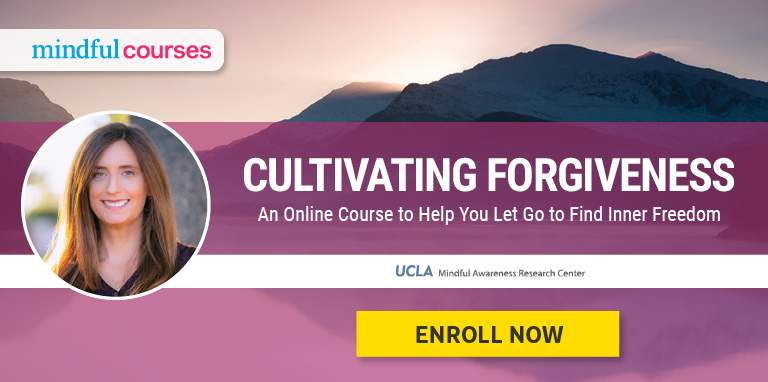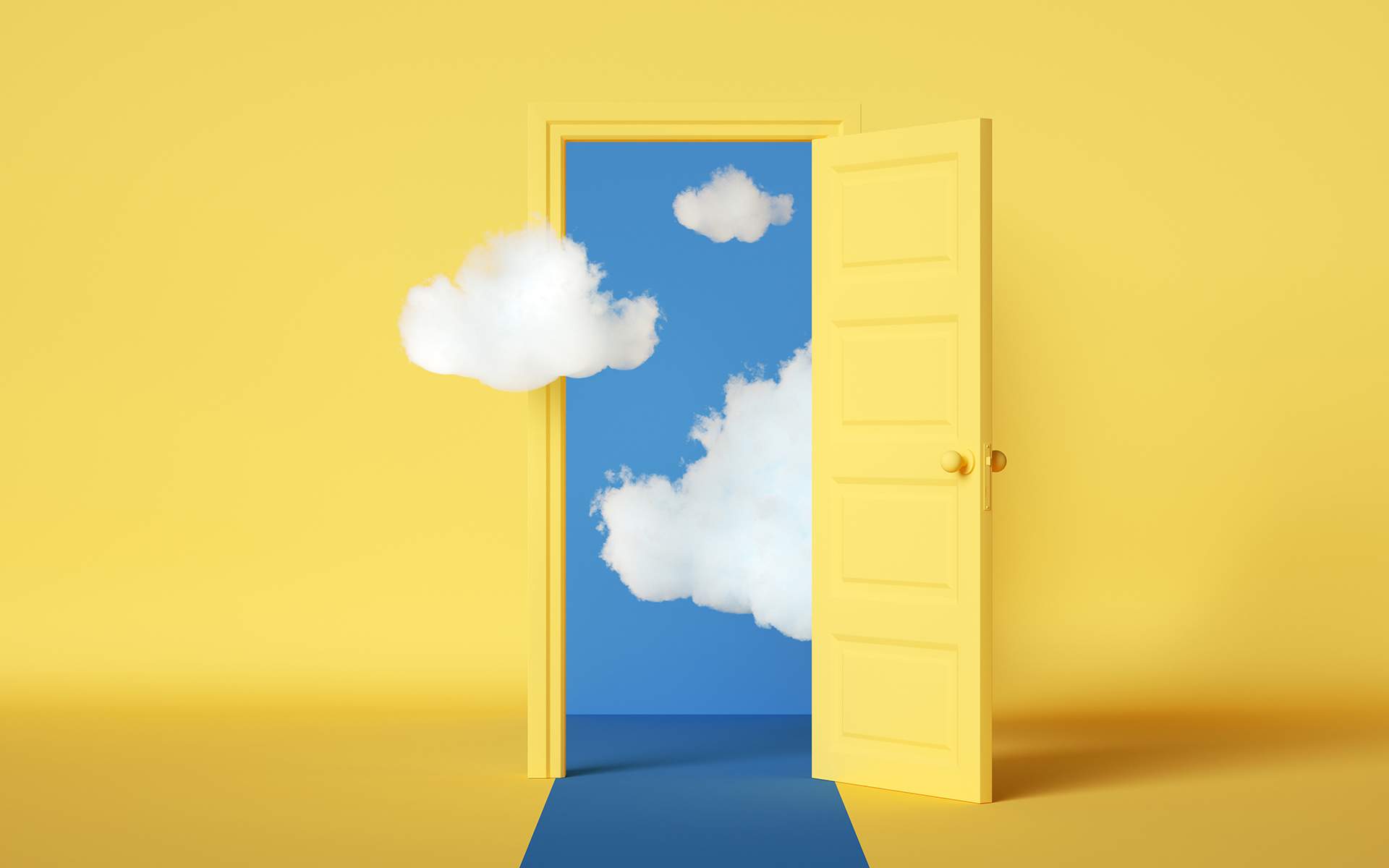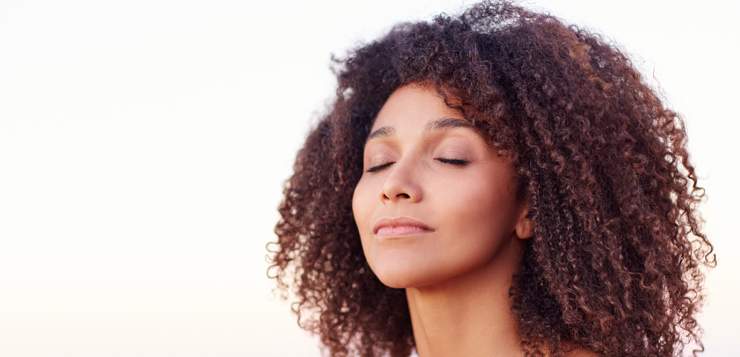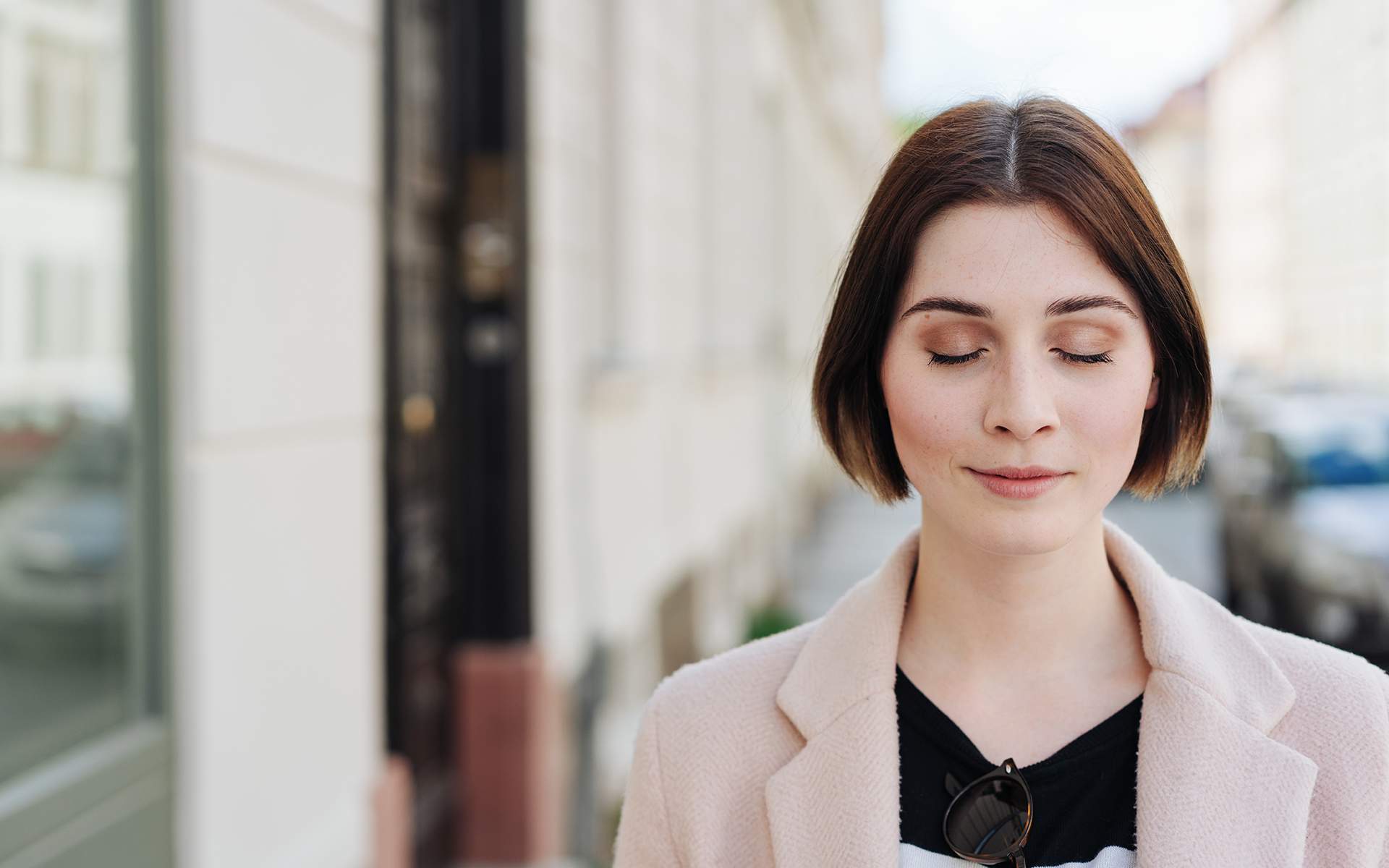Whether you’re new to mindfulness meditation or have been practicing it for years, chances are you’ve heard the term ‘awareness’ come up quite a few times. You might have been told to be aware of your breath, your body, or your thoughts or to “rest in your awareness.” But what does it truly mean to be aware?
According to author and mindfulness teacher, Diana Winston, “awareness is a state of open, spacious, relaxed well-being where we’re deeply cognizant of what is happening without trying too hard.” Oftentimes we get so caught up in our busy lives that it can become difficult to fully engage in the present moment; awareness can help ground you in that present moment.
If you’ve ever sat in nature and deeply listened to the breaking of sticks under your feet, the chirping of crickets in the distance or inhaled the scent of pine trees; chances are you’ve experienced one of the ways it means to be fully and effortlessly aware.
But is it possible to bring this feeling to our mindfulness practice and everyday life?
3 Ways to Develop Greater Awareness (Without Feeling Overwhelmed)
For some people, the idea of awareness and simply being open to it all may feel overwhelming. At some point in our lives, we’ve all experienced the impulse to push down or ignore uncomfortable or challenging emotions. Winston teaches that it is still possible to develop greater awareness without feeling overwhelmed if we practice taking these three steps:
1) Assess. Before meditating, take a moment to check in with how you’re feeling. Winston says there are a spectrum of awareness practices that you can choose to participate in, based on how you’re feeling. As she describes it, “We are our own best teacher and it’s important to really listen to our intuition. It might be saying, ‘I don’t think I’ll go here, that feels a little scary to me, it’s where emotions get overwhelming.’ We have a choice.” Knowing how you feel before beginning your meditation can help you tend to your needs in this moment.
2) Adjust. Building on this foundational awareness of how your mind and body are feeling, Winston says, “You can adjust where you are in your meditation. Let’s say you’re feeling super, super constricted and tight as you try to notice your breathing and you might go, ‘Oh, maybe I could open to a more expansive practice.’ You can adjust. Or conversely, if you’re too spaced out, maybe I should focus more.” Exploring different ways to adjust your practice, depending on what challenges are arising for you, can foster a sense of agency and flexibility on your meditation journey.
3) Expand. It’s OK to open up your mindfulness practice, to try something new. Winston paints this example: Let’s say someone’s been doing a certain kind of practice for a long time and they feel like they’re in a rut. You might have been noticing your breathing for 10 years and you want to see what else there is out there. You can find what is useful for you and practice that. You can also challenge yourself to try something new.
Awakening to the World with Mindful Awareness
You may ask yourself, why would we want to develop this kind of awareness—especially if it makes us more aware of our pain points? After all, we often gravitate toward mindfulness and meditation to help us feel less overwhelmed by stress and other difficult emotions. “As we practice,” says Winston, “we start to realize mindfulness is a doorway into ourselves for a deeper understanding and deeper access to compassion. We might also start to see the impact of this deeper understanding and compassion in our daily lives and our relationships.”
Awakening to our interconnectedness is one of the deep roots of mindfulness teachings, and it guides us to understand how our personal practice of awareness is linked to something much bigger than individual well-being.
As we go deeper, we start to let go of what Winston calls the “strong me,” the version of ourselves that we carry with us as we go through the normal routines, ups and downs of our day. As we let it go, says Winston, “we become aware of the fact that we aren’t the center of the universe. We start to have more space and become less reactive. We realize how deeply connected we are to human beings.”
This awakening to our interconnectedness is one of the deep roots of mindfulness teachings, and it guides us to understand how our personal practice of awareness is linked to something much bigger than individual well-being. “We live in a time where it’s easy to see a lot of suffering and unless we do some inner work, we are going to continue to see this replicated,” says Winston. “What’s happening inside is replicated outside. It’s part of our responsibility to wake up. We need people who are self-aware and kind and compassionate, who are modeling kind and compassionate behavior for all the institutions and communities that we are part of.”
Why can’t that person be you?
To learn more, expand your knowledge, and to deepen your mindfulness, discover Diana Winston’s new audio course, Glimpses of Being, here.
read more
A 3-Minute Body Scan Meditation to Cultivate Mindfulness
A brief mindfulness meditation practice to relax your body and focus your mind. Read More
Turning Forgetfulness into a Mindfulness Practice
Diana Winston reflects on how to turn a bad habit into a mini moment of mindfulness. Read More
A 15-Minute Meditation to Cultivate Equanimity
Diana Winston leads a guided practice to find even-mindedness and balance in uncertain times. Read More










